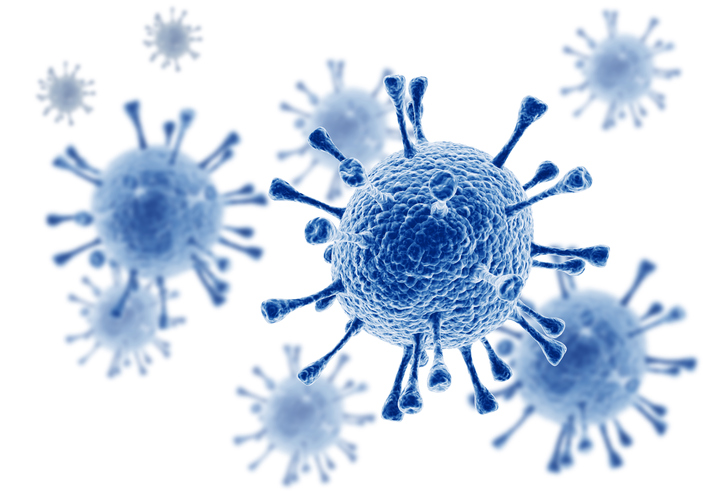 The estimated total number of bacteria of the planet is estimated at five nonillion, and the world of bacteria is stocked with potential, including electrical production.
The estimated total number of bacteria of the planet is estimated at five nonillion, and the world of bacteria is stocked with potential, including electrical production.
Researchers from the University of California are looking to tap into some of that potential by looking at “electrogenic” bacteria, which generate current as part of their metabolism. The research team has found a new way to mimic that ability upon non-electrogenic bacteria, opening up opportunities for new developments in sustainable electricity generation and wastewater treatment.
“The concept here is that if we just close the lid of the wastewater treatment tank and then give the bacteria an electrode, they can produce electricity while cleaning the water,” says Zach Rengert, co-first author of the study. “And the amount of electricity they produce will never power anything very big, but it can offset the cost of cleaning water.”


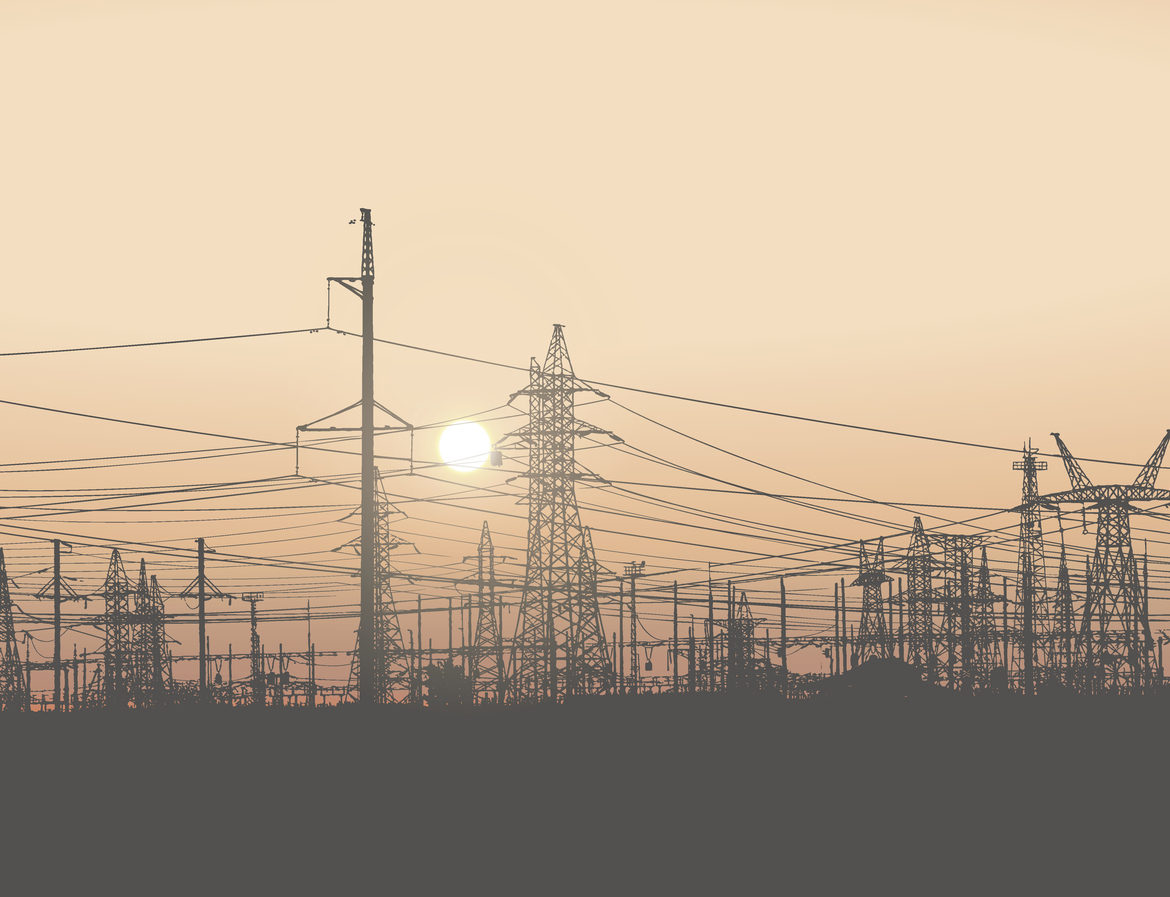 A new study published in the
A new study published in the 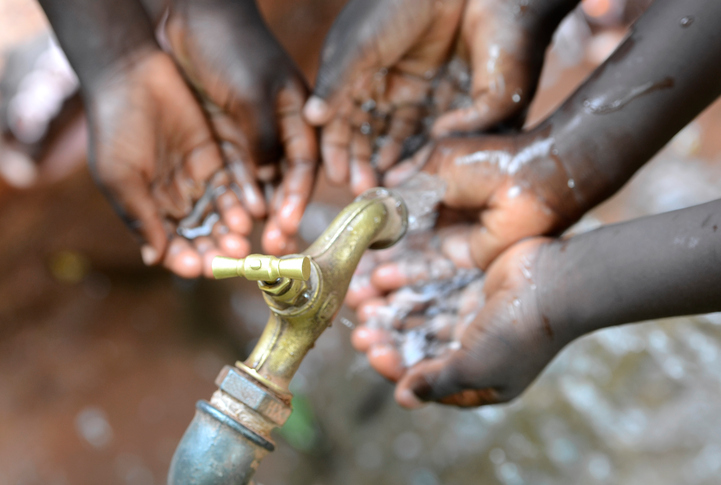 In an effort to purify water, researchers from the University at Buffalo are using carbon-dipped paper to make dirty water drinkable.
In an effort to purify water, researchers from the University at Buffalo are using carbon-dipped paper to make dirty water drinkable.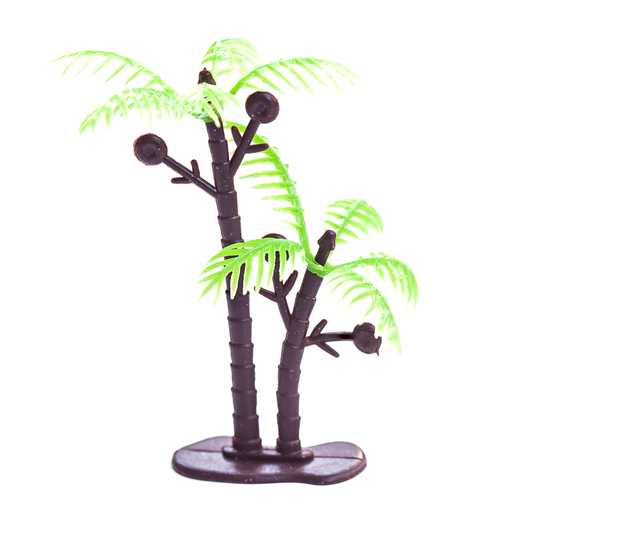 New technology that mimics the branches and leaves of a cottonwood tree can generate electricity with the help of the wind.
New technology that mimics the branches and leaves of a cottonwood tree can generate electricity with the help of the wind.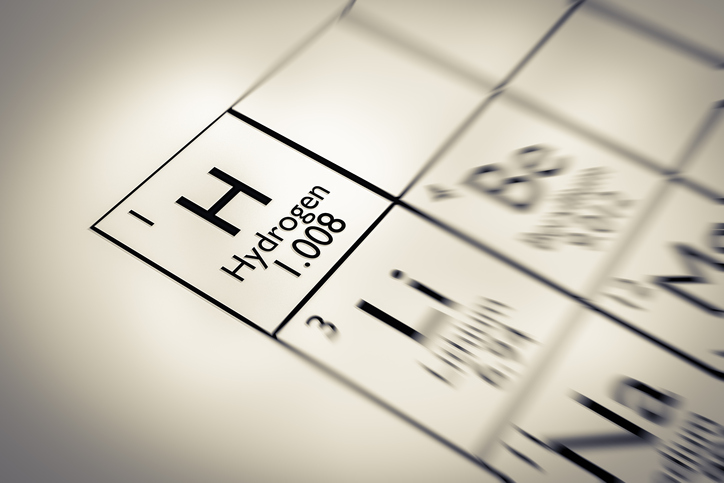 New research led by ECS Fellow
New research led by ECS Fellow 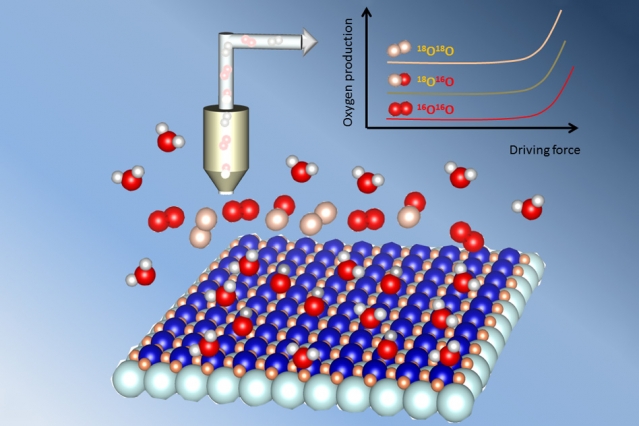
 A new study led by ECS member Haluk Beyenal reveals a novel type of cooperative photosynthesis with potential applications in waste treatment and bioenergy production.
A new study led by ECS member Haluk Beyenal reveals a novel type of cooperative photosynthesis with potential applications in waste treatment and bioenergy production.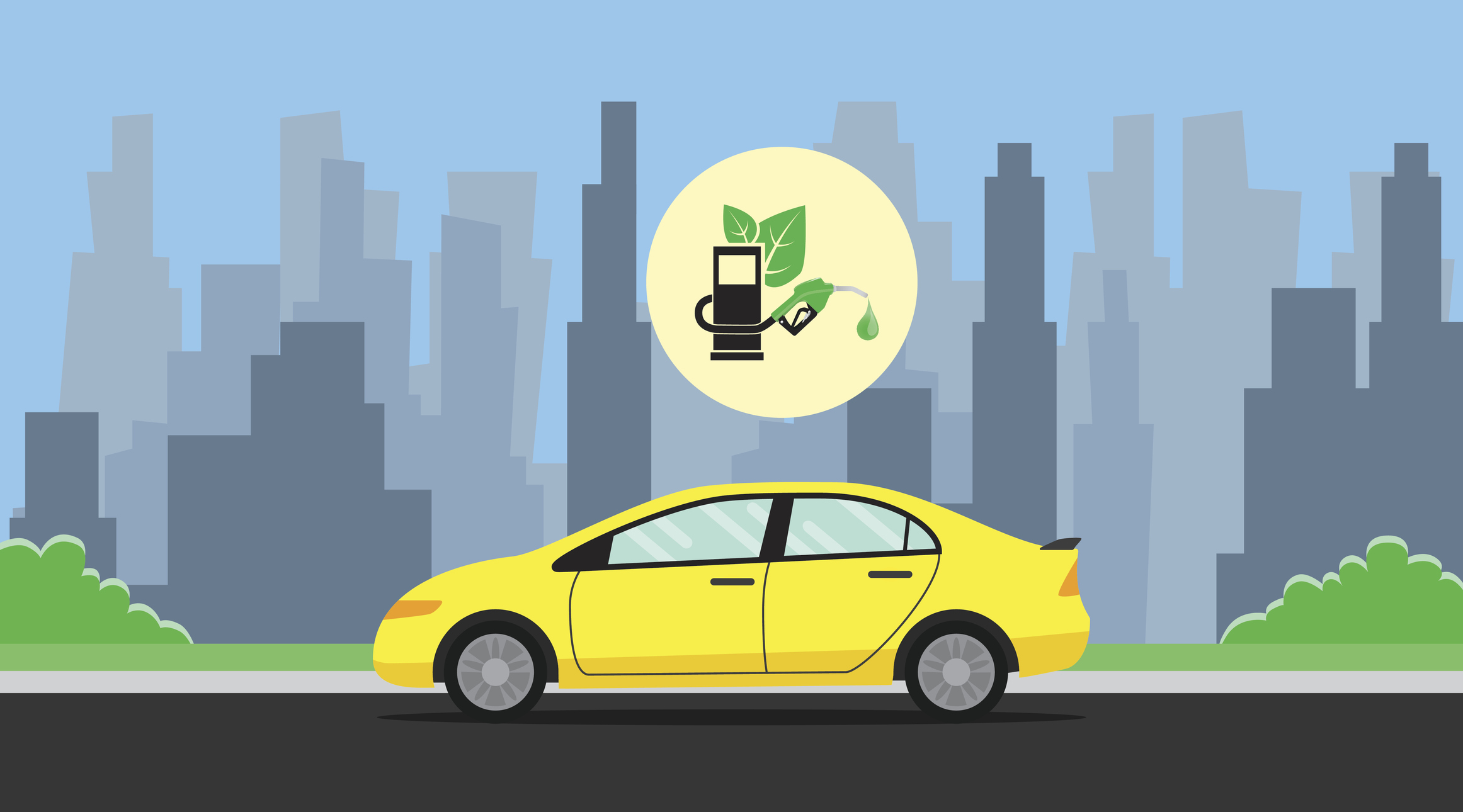 Biofuels have become a promising potential alternative for traditional fossil fuels. However, producing biofules only make sense if the greenhouse gasses emitted are less than other means of producing energy.
Biofuels have become a promising potential alternative for traditional fossil fuels. However, producing biofules only make sense if the greenhouse gasses emitted are less than other means of producing energy. Recent trends in solar technology have led to transforming mundane surface to energy harvesting powerhouses. First, Elon Musk proposed his new
Recent trends in solar technology have led to transforming mundane surface to energy harvesting powerhouses. First, Elon Musk proposed his new